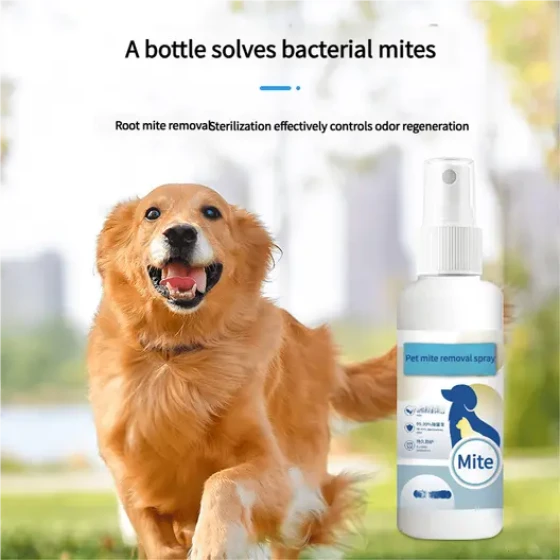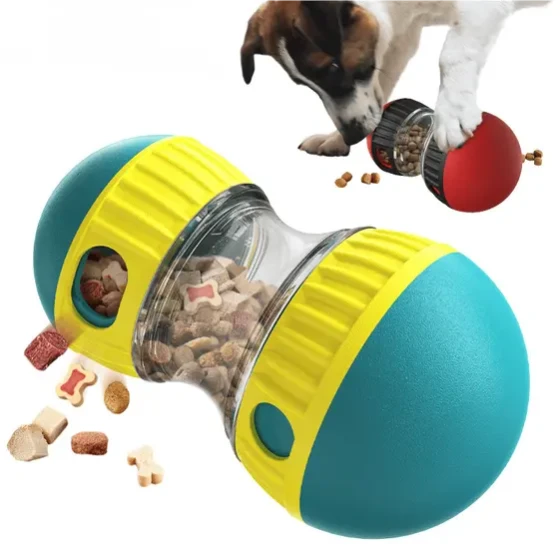Some Information About Feeding Dogs Raw Food

Since the 1990s, led by veterinarian Tom and several other Australian vets in Sydney, the raw meaty bones feeding movement has been initiated. Up till now, feeding raw meaty bones has greatly improved and enhanced the health of thousands of pets worldwide.
Domesticated dogs, like their ancestor wolves, are carnivores according to animal taxonomy. Thousands of years of domestication have not changed their digestive system and nutritional needs; that is, they rely on meat and fat to provide energy, not carbohydrates. Disease begins in the mouth—imagine if horses ate meat and lions ate vegetables, would they be happy and healthy?! Feeding our pet dogs and cats canned or bagged artificial foods mainly made from grains every day is essentially torturing them! If dogs and cats could speak, they would tell you which foods make them happy and healthy, and which foods make them sick and miserable.
The veterinarian’s two published books, Raw Meaty Bones: Enhancing Health and Miraculous Effects: Raw Meaty Bones for Dogs, help people rediscover that wild carnivores survive and maintain health by natural food. Correct dietary feeding for pet dogs and cats should be the same as wild carnivores. Whole animals are the ideal food; when whole animals are unavailable, raw meaty bones are the best substitute. This feeding method is simple to operate, cost-effective, favored by pets, and has already brought unexpected results to thousands of pet feeders.
Advantages of Feeding Pets Raw Meaty Bones
For dogs and cats: food as medicine, killing two birds with one stone
1. Food that meets the physiological needs of carnivores.
Animal meat, bones, internal organs, and pelts provide pet carnivores with the ideal nutrients needed for energy, growth, and body repair. These raw, unprocessed natural foods contain no heat treatment, oil, salt, colorants, flavorings, or preservatives, and are fundamental guarantees for carnivores to grow, reproduce, and resist diseases in harsh environments. The famous Greek doctor Hippocrates said in the 5th century AD: if you can cure a patient with food, let medicine remain in the cabinet. We should treat our pets the same way.
2. Natural medicine for disease prevention and treatment in carnivores
1. Cleaning teeth and gums. Carnivores’ teeth and gums get cleaned and massaged while tearing and chewing the tough, chewy bodies of prey or large raw meaty bones. Humans maintain oral hygiene by brushing their teeth and using dental floss after eating, while carnivores use meat and bones during eating to brush and floss their teeth from different angles. The bigger the prey and the longer the eating time, the better the teeth and gum cleaning effect. This is nature’s brilliant method to keep carnivores’ oral health. Otherwise, gingivitis and periodontitis occur, and worse, oral inflammation can cause diseases in other body systems. Research shows dogs and cats with periodontal disease have impaired liver, kidney, and immune systems, with declining health.
2. Exercising the body and strengthening muscles. Tearing meat from bones takes time and effort, helping exercise the chin, neck, and chest muscles of pet carnivores, practically enhancing their ability to catch prey.
3. Stimulating the digestive, nervous, and immune systems, enhancing disease resistance. Pet carnivores spend long times eating prey carcasses or large raw meaty bones, which stimulates digestive juice secretion and brain chemical release. These chemicals help strengthen endocrine and immune systems and boost disease resistance. This allows them to live healthily and happily. Dogs and cats fed raw meaty bones look vigorous and lively, even elderly ones appear very energetic.
4. Nourishing coat and skin, reducing skin diseases. Raw meaty bones supply nutrients needed physiologically by carnivores (including coat growth), enhancing the body’s (including skin’s) immune ability, helping skin resist bacterial and parasite infections.
For humans: multiple benefits at once
1. Feeding raw meaty bones is simple to operate.
2. Feeding raw meaty bones is affordable and of good value.
3. Feeding raw meaty bones reduces or eliminates veterinary expenses.
4. Dogs fed raw meaty bones appear happy and satisfied, making them easier to get along with and train.
5. Environmental protection. Feeding pets with kibble and canned food produces soft, smelly feces that pollute parks and family yards. Feeding pets raw meaty bones results in smaller, firmer feces with no odor, which turn chalk-like in color when exposed to sunlight.
As a feeding guideline, the daily raw meaty bone intake for adult dogs is 2-3% of their body weight. Based on 3%, a 5 kg dog needs approximately 1 kg of raw meaty bones weekly (3% × 5 × 7 = 1.05 kg).
Adult dogs only need to be fed raw meaty bones once a day. If a dog is overweight, it can fast one or two days a week.
Generally, young dogs require more raw meaty bones than adult dogs; the exact amount varies by individual. The principle is to provide them with ample raw meaty bones and water so they can eat, drink, rest, and play anytime, or feed raw meaty bones three times daily. Wrap unfinished raw meaty bones from one meal and store them in the refrigerator for the next meal until completely consumed.
According to the natural model, the ideal food for dogs is whole animals. Because feeding whole animals has certain urban limitations, the second-best choice is raw meaty bones. Raw meaty bones are easy to find, affordable, and effective. Dr. Tom’s experience is that as long as raw meaty bones account for more than 70% of the dog’s diet (80% for cats), their health is guaranteed. The remaining 30% can be organs, vegetables, and even cooked food (homemade). If you wish, raw meaty bones can make up 80%, 90%, or even 100% of your dog’s food intake.
Dr. Tom repeatedly advises people to feed dogs large chunks of meaty bones. Bones without meat, or meat without bones, or too much bone and too little meat, cannot achieve nutritional and medicinal effects. The larger the volume of raw meaty bones, the longer the dog spends eating, and the better the results:
1. Thorough cleaning and massaging of teeth and gums is the only method to prevent canine oral diseases. Oral hygiene is key to ensuring their health.
2. Allowing food to fully interact with digestive enzymes helps digestion and absorption.
3. Exercising jaw, neck, and forelimb muscles.
4. Because meat and bones are together, it prevents bones from injuring the pet’s mouth and intestines. Large raw meaty bones prevent dogs from swallowing them whole, thus avoiding digestive and respiratory tract blockages caused by improper eating. Never cut raw meaty bones into small pieces; this not only fails to clean the dog’s teeth but also causes blockages, because dogs tend to gulp food quickly, and small pieces are easily swallowed whole.





-560x560.webp)